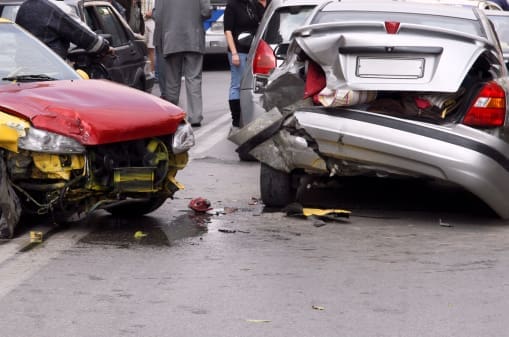
What Is a Tort System or a No-Fault System?
 Who is at fault in an accident? The answer to this depends on where you are driving.
Who is at fault in an accident? The answer to this depends on where you are driving.
Some states are at-fault states. Others are no-fault states. It is important for you to understand the differences here. It could impact who is responsible for the financial damages to a vehicle.
When an accident occurs, first call the police to report it. Then, call your auto insurance provider. Your car insurance agent will go to work to help protect you in all situations. What happens from there depends on state laws.
There are two types of car insurance systems here. A no-fault state and an at-fault state. At-fault systems, known as tort systems, place blame on the person who caused the problem. Keep in mind these systems apply only to civil matters. A person committing a crime does face fault in all situations.
What Is a No-Fault System?
There are 12 states (and one district) considered no-fault insurance areas. In these areas, each driver handles their own damages. There is no fault assigned to the situation.
Each driver takes care of his or her medical injuries. Each driver pays for their own vehicle damage. It does not matter who caused the accident. In these states, you likely need personal injury protection (PIP) on your car insurance. PIP coverage helps cover these types of losses. The states with a no-fault system include:
- Florida
- Hawaii
- Kansas
- Kentucky
- Massachusetts
- Michigan
- Minnesota
- New Jersey
- New York
- North Dakota
- Pennsylvania
- Utah
- District of Columbia
What Is an At-Fault System?
In an at-fault or tort system, there is fault. The driver responsible for the accident is liable. This means the driver at fault must pay for the damages caused to another driver. In some cases, fault gets split. Drivers have a percentage of fault based on the circumstances of the case.
Each at-fault state has its own method for determining fault. Generally, the police assign fault at the scene after an accident occurs. This determines who must cover medical bills and property loss.
Why does no-fault or at-fault status matter? Having the right coverage is important. It helps minimize the amount of risk you face. It means you may not have to pay for damages to your vehicle. Your insurance company will help you determine which situation applies in your case. Discuss your car insurance needs with your agent. Do they represent your risks in these types of cases?
